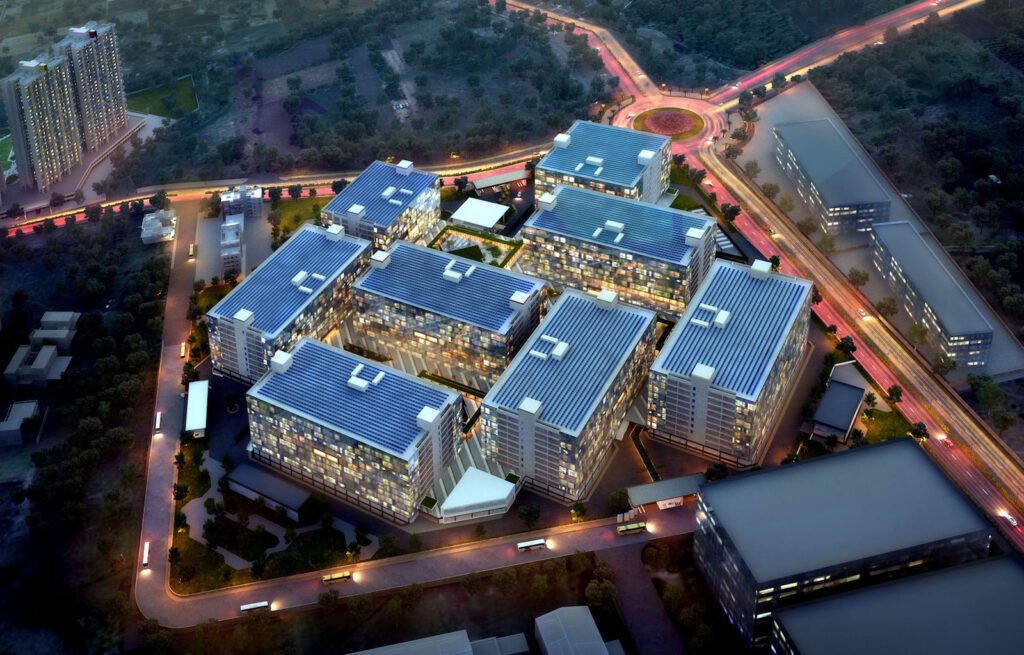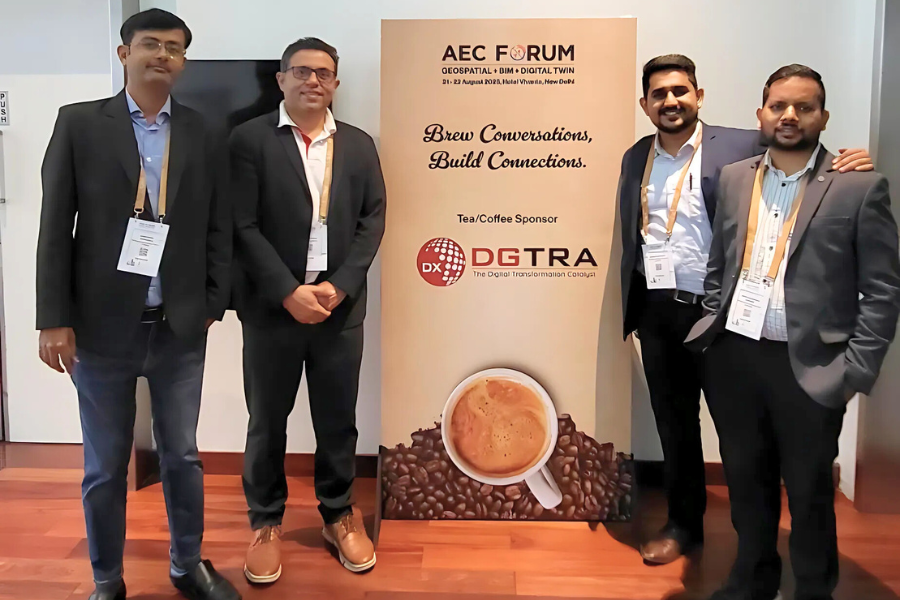BIM Enablement and Project Support for a Large-Scale Commercial Township
Client Overview
The client is a renowned architecture firm delivering some of India’s most celebrated urban developments. They were entrusted with the design and coordination of a 7 million square foot commercial precinct, integrated within a massive mixed‑use township. The project’s scale and complexity demanded precise coordination, structured data management, and advanced digital practices to ensure successful delivery.
Problem Statement
With multiple disciplines contributing to design and documentation, the client’s existing workflows were under pressure. They required a robust framework for BIM adoption, streamlined document management, and consistent guidance to handle the large volumes of data and frequent coordination challenges that come with projects of this magnitude.
Key Challenges
- Onboarding large project teams quickly onto BIM workflows
- Managing and controlling documents and drawings across numerous stakeholders
- Ensuring cross‑discipline coordination in a fast‑moving design environment
- Handling large models efficiently while maintaining performance and accuracy
- Sustaining consistent standards and best practices throughout the project lifecycle
DGTRA’s Approach & Solutions
We partnered closely with the client to build, implement, and sustain a comprehensive BIM ecosystem for the project:
- Project‑based BIM onboarding and training sessions to bring teams up to speed
- End‑to‑end BIM implementation support, aligning workflows with project demands
- Centralized document and drawing management to ensure accuracy and version control
- Cross‑discipline coordination and issue tracking to reduce clashes and design conflicts
- Support for large‑scale model management, ensuring seamless handling of complex data
- Ongoing guidance and best‑practice advisory, enabling teams to adopt and evolve digital methods with confidence
Solution Ecosystem
A vendor‑neutral integration of leading BIM platforms, collaborative data environments, and document management systems was configured to support the project’s scale, ensuring adaptability and long‑term efficiency.
Conclusion
Through this collaboration, the architecture firm transitioned into a digitally enabled project environment that delivered on both quality and speed. They experienced:
- Improved coordination between disciplines, reducing design clashes and delays
- Streamlined document control, ensuring teams always worked on the latest information
- Empowered project teams, confident in their digital workflows and scalable processes
The result: a landmark commercial development delivered with enhanced efficiency, precision, and readiness for future projects.











